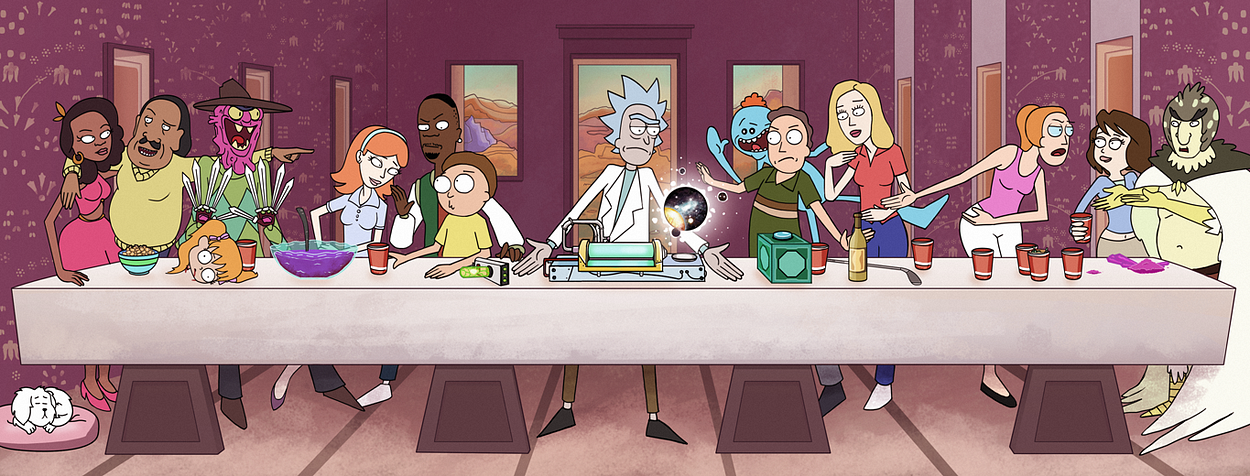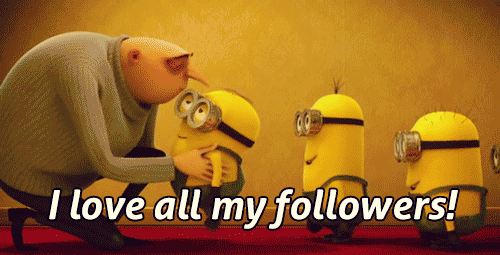This is the second of six articles dedicated to an overview of the entire process of publishing a PC game, from start to finish. The first article dealt with pricing, discounts, and the Steam wishlist. Now we’re going to discuss the role of good Steam page design, dedicated community engagement, regional restrictions, third party distribution, distributors, and alternative open platform options.

We won’t be needing calculators this time. Instead of boring diagrams, you’ll see lots of funny GIFs.
Design, Groups, and Curators on Steam
There’s another tool you might want to use that’s just as important as the wishlist: The Steam group. Groups can be a vital way to attract an audience quickly, within the first few days after launching your game. Based on my own experience, anywhere from a quarter to half of the users who are signed up for your Steam group on release day will buy your game within a week. To put it simply, these people are your most dedicated audience.

Whatever you do, don’t treat your group as an afterthought. Keep talking about the development process. Show your work in progress, including videos and GIFs. Ask for members’ opinions and actually listen to them (within reason). After launch, keep releasing clear and detailed patch notes and announce your patches when they drop. Keep your audience up to date on what you’re doing or planning to do.
Steam allows you to see all group members who are currently playing your game. Very simple scripting also makes it possible to cross-reference the group memberships of any two games on Steam.
Having lots of impressions and being featured isn’t everything—you have to make sure those views convert into page hits and, subsequently, sales or wishlist adds. Having a lot of views won’t do you any good if they don’t efficiently convert into sales.

Steam doesn’t offer much in terms of statistics, and what it does offer is often inconvenient to work with. However, pay attention to the click-thru rate (conversion into page hits)—this statistic is crucial for your promotional efforts.
Make sure that the first entry on your Steam page is a trailer with a strong focus on gameplay. This greatly affects conversion into sales—and especially into wishlist adds.
Try not to have too much text. Focus on placing a few attractive GIFs at the top of the page.
If your game has been reviewed by the games press, definitely make use of the “Reviews” section of your page.
Pay attention not only to the key art on your homepage or the game’s page, but to smaller thumbnails as well. These are the images that will be displayed on curator pages and in the “Updates” section (view cycles). They affect the efficiency of conversion to your page, and therefore your sales.
Publish your page as early in the development process as possible. This will give you more time to attract an audience for wishlist adds and allow you to test a wide array of designs for your page and key art.
Experiment with key art, icons, and design. A/B testing for involvement on Facebook can be a simple and effective measure prior to launching your game.
Curator communication tools on Steam are pretty weird. You can only send out 100 applications, and if you fail to withdraw applications ignored by curators in time, you’ll just waste them. If you don’t know a curator yet, make sure to leave them a message explaining the kind of game you’re making and why they ought to tell their audience about it. And ask them to get back to you if they decide not to review it.
Don’t ignore curators. Start getting to know them and try to come to an agreement with them regarding reviews 2–3 months in advance. Don’t be afraid to pester major curators. Contact them often, and be persistent.
My own experience involved contacting and negotiating with over 400 curators, and over 80 of them ended up giving us reviews or recommendations. This brought us 5.161 million views and 189,587 page hits within the first two months after launch.
Regional Restrictions
You probably already know about G2A, Kinguin, Gamivo, and other key resellers. And you definitely wouldn’t want your game to be sold there at a huge discount—at least not until you start selling it in bundles.
The biggest mistake you can make is to request global keys that are eligible for activation anywhere in the world, then sell them at regional prices. If your game sells for $8 in Russia, what’s to stop someone from buying an $8 key in Russia and selling it on Kinguin for $12? It’s a simple business model.
To avoid this, you’ll have to deal with regional restrictions on the launch or activation of your keys prior to release. By default, you can’t make packages with regional restrictions on Steam.

You’ll have to contact Steam Support in advance, explain your needs, and request additional regional packages, at least for the Commonwealth of Independent States, China, and Latin America.
Keep in mind that many stores use regional prices, and third-party distributors can use currencies other than the US dollar. This means that you’re going to have to distribute keys with regional restrictions to each of these stores.
There are two types of restriction on Steam keys: restriction on activation and restriction on launch. You’ll need both. Among enterprising Chinese resellers the most typical “hack” is to buy keys that are only restricted in terms of activation at a low regional price (in Russia, for example). Just change the IP address using a VPN or proxy, and voila—the key is activated. Now you can go back to your original IP and play without any restrictions. With the launch restriction activated the player will need a VPN or proxy connection every time they want to play.
Whatever you do, your keys are going to show up on these marketplaces one way or another. There just isn’t all that much you can do about it. Key resellers are a highly autonomous group with strong connections to regional stores.
Third-Party Distribution
There are a huge number of stores and platforms in the PC game distribution market (join the effort to complete the list, by the way). Several dozen of them are quite large, and you’re going to have to work with them either directly or through your publisher or distributor.

Most distribution is handled via Steam keys. If you take the entire third-party market for PC games, expect to earn 90–95% of your revenue from Steam, and only the remaining 5–10% from other platforms.
If you’re very lucky, if your game is really good, if you’re a marketing god, or if you know a couple of magic tricks, this portion could be higher. However, it’s very unlikely to ever be more than 15–20%.
When you sell through third-party stores, you also share your profits with them. The split is usually 70/30, sometimes 60/40. The difference is that Steam doesn’t get a cut. You bring people to Steam, and they install your game on Steam, but the profit is only shared between you and the store.



































